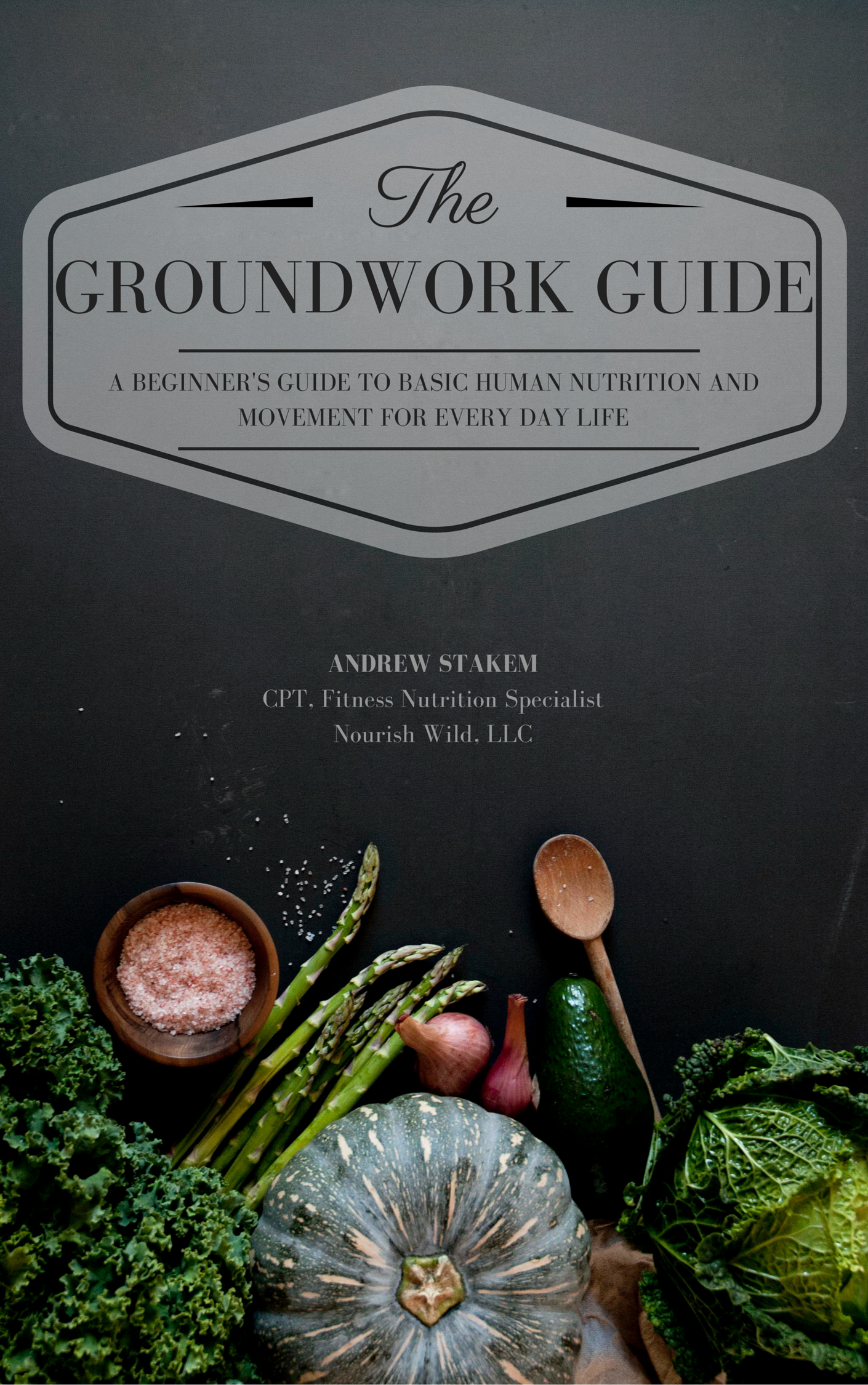Copper (Cu) (Small But Mighty)
Copper is one of my favorite minerals and honestly I can’t explain why. Maybe it’s the name, Copper. Or possibly it is because, from deep in my heart and soul, Copper’s element symbol is Cu and I did go to Clemson University… But as I said I can’t really explain why. It is also a pretty cool looking metal and is very much a necessity to the human body. Enough of me, let’s get to viewing Copper on a microscopic scale. Copper is not needed in significant amounts on a daily basis, but it is needed nevertheless. A few sources of copper are Brazil nuts, spinach, kale, chard, sunflower seeds, shiitake mushrooms and shrimp. Copper is kind of like the third wheel in the bone formation process. It is the less than 1% portion of our bone make up with the other two minerals calcium and phosphorus making up the greater than 99% portion. Without it though, you will literally fall apart. Bones won’t remain together because copper is needed as the core metal ion to an enzyme (lysyl oxidase) that allows for the mature production of collagen(1). Ah, collagen. Yes you probably know of that word. It is the fibrous protein that gives great tensile strength to our bones and tendons. So what I really just said is that it is the glue that keeps us standing upright and allows us to use our most primal self defense mechanism, mobility. Interesting metal huh? So how many of you either take statin drugs or know someone who takes them? There are quite a few people who do and it is pretty much for one reason, high cholesterol. Remember, cholesterol is a good thing so what the hell are you doing blocking the synthesis of it? I’ll bet there’s a good possibility it is from a copper deficiency. Here’s how this works. With a copper deficiency we have an increased rate of the cholesterol synthesizing enzyme HMG CoA reductase (hydroxymethylglutaryl Coenzyme A reductase)(1). Did I lose you yet? This enzyme basically regulates how much cholesterol gets produced. So at the end of the day when we have a copper deficiency, we then have increased cholesterol production, which causes us to freak out and go visit our doctor, who in turn prescribes us a statin drug to reduce cholesterol because his/her drug rep pushed it on them to prescribe so everyone can get paid. Wow, what a vicious cycle that is. Why not focus on increasing copper intake and absorption and solve your cholesterol problem? What a brilliant idea! Switching topics slightly now. Copper and Zinc both compete for the same absorption pathway to bind to enzymes. We need roughly a 1:8 ratio of copper to zinc in order for Vitamin A to work as a protective antioxidant. Remember, if we don’t have sufficient vitamin A then vitamin D can’t do its job very well (please refer to the Vitamin D post for more information). So if we have too much zinc, then we become deficient in copper and hop on that vicious cycle. Let’s not go down that road. Copper is also one of the key minerals working as a cofactor to the enzyme superoxide dismutase (SOD), which helps manage the by-product of oxidized subatrates. Without it, the excess oxygen by-products would severely damage our cell’s DNA. Lastly, copper is central to the absorption of iron and therefore paramount in the production of the hemoglobin and myoglobin proteins. Ultimately, as you can see, copper has its hand in many chemical reactions in the human body and must be treated with respect so make sure you eat all those healthy foods discussed not just in the nutrient spotlight sections, but most importantly in all of Morgan’s delicious recipes.
Sources Cited:
(1) Lippincott’s Illustrated Reviews: Biochemistry 5th edition. Richard Harvey, Denise Ferrier. 2011.


No comments yet.